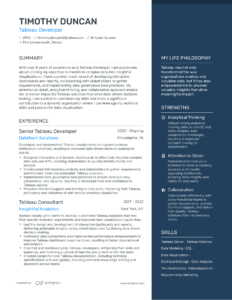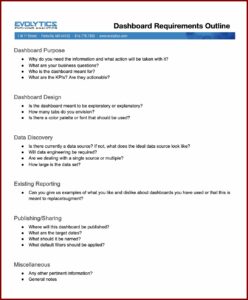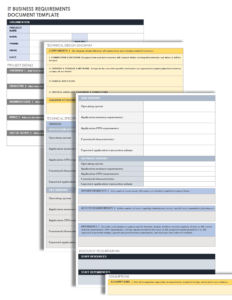Creating an effective Tableau dashboard requires careful planning and gathering of requirements. A well-defined requirements template serves as a solid foundation for ensuring that the dashboard meets the specific needs and expectations of stakeholders. This template helps organize and document the essential elements of the dashboard, including its purpose, audience, data sources, metrics, and design specifications.
A comprehensive Tableau dashboard requirements template should encompass various aspects of the dashboard’s development. It should clearly define the dashboard’s objectives, identifying the specific business problems or questions it aims to address. The template should outline the target audience for the dashboard, specifying their roles and responsibilities. It should also include a detailed inventory of the data sources to be used, ensuring that the dashboard has access to the necessary data for analysis.
Data Requirements
The data requirements section of the template should meticulously define the specific data elements that will be displayed on the dashboard. This includes identifying the metrics to be tracked, the dimensions to be used for analysis, and any calculations or transformations required to prepare the data for visualization. The template should also specify the frequency of data updates and the expected volume of data to be processed.
In addition to identifying the data requirements, the template should also outline the data quality expectations. This includes defining the acceptable levels of data accuracy, completeness, and consistency. The template should also include guidelines for handling missing or incomplete data to ensure the integrity and reliability of the dashboard’s insights.
The metrics section of the template should provide a comprehensive list of the key performance indicators (KPIs) and other metrics that will be displayed on the dashboard. These metrics should be aligned with the dashboard’s objectives and should measure the progress towards achieving the desired outcomes.
The design specifications section of the template should outline the visual elements of the dashboard, including the layout, color scheme, and typography. The template should specify the desired level of interactivity, such as the ability to drill down into the data or filter the results. It should also include guidelines for ensuring the dashboard’s accessibility and responsiveness on different devices.
Conclusion
A well-crafted Tableau dashboard requirements template is an invaluable tool for ensuring that the dashboard meets the specific needs and expectations of stakeholders. It provides a clear roadmap for the dashboard’s development, ensuring that all necessary aspects are considered and addressed. By using a comprehensive template, organizations can streamline the dashboard development process, reduce the risk of miscommunication, and ultimately create dashboards that deliver meaningful insights and drive informed decision-making.
Using a Tableau dashboard requirements template is essential for creating a successful dashboard that meets the needs of stakeholders. By following the guidelines outlined in this article, organizations can effectively define the purpose, audience, data requirements, metrics, and design specifications of their dashboards, ensuring that they are well-equipped to achieve their desired outcomes.


